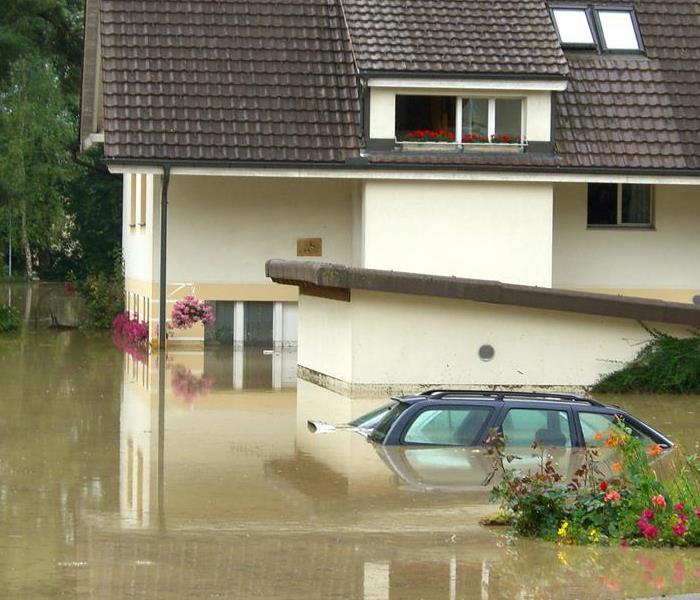Understanding the Classification of Flood Water
1/25/2022 (Permalink)
Storms can lead to a great deal of residential damage, but the most significant cause of weather damage is a flood. Despite the overwhelming water damage it causes, flooding carries contaminants, which can affect drinking water, health, and sanitation.
While most homeowners want to take charge and start cleaning the water out of their homes, it is necessary to pause and consider the danger or implications of your actions. Floodwater can contain several types of contaminants, including:
- Viruses
- Bacteria
- Biological agents
- Chemicals
Important information to consider in case of Flood Water
A DIY restoration is not the best decision when dealing with natural flooding. Instead, homeowners should contact a restoration service in Rocky Mount, NC. These companies employ qualified professionals who can assess the damage to your property and determine the type of water you are dealing with.
Water Damage: Categories and Classifications
The type of flood plays a significant role in the water category or classification. The category is typically a three for weather-related floods, which is the worst. This water classification is saved for only the most toxic or hazardous floods.
Unfortunately, category three water loss is also the hardest to remediate, and it can potentially lead to compounding issues, such as mold. Because of the increased risks, specialists need to wear protective clothing and equipment. They also need to dispose of the water in federal and state-mandated ways.
While homeowners often want to take a DIY approach to home repairs and improvements, correcting category three flooding alone is ill-advised. It is typically best to hire a professional remediation service.
3 Categories
When discussing the categories of water damage, there are three levels of damage: category one, two, and three.
Category one, or clean water, is the easiest to remediate because it is not dangerous. This type of damage or loss likely stems from a broken supply line.
Category two water loss is called gray water. Gray water is likely the result of clean water left standing. When water is left in an area for long enough or soaks through building materials, it begins to collect contaminants, making it hazardous to consume.
Category three or black water is the most dangerous type of floodwater. It is toxic, and it is dangerous to touch or consume. This type of water should be left to professional remediation services.
Black Water Risks
Because black water contains bacteria, chemicals, biological substances, etc., it is dangerous. Consuming this water will make you very sick, possibly leading to severe infections.
Category three water requires experienced hands for removal, remediation, and restoration. While the water alone is hazardous, it can also lead to other problems, like mold. It is necessary for all surfaces to be disinfected and cleaned thoroughly. In some instances, recovery specialists might need to remove structural components to ensure the house is safe.
While every category of water damage can be costly, category three is the worst. It leads to time-consuming repairs and requires a tremendous amount of caution. It would be best if you never dealt with storm flooding or surges on your own; always call for help or advice for installing specific preventatives for your home.




 24/7 Emergency Service
24/7 Emergency Service
